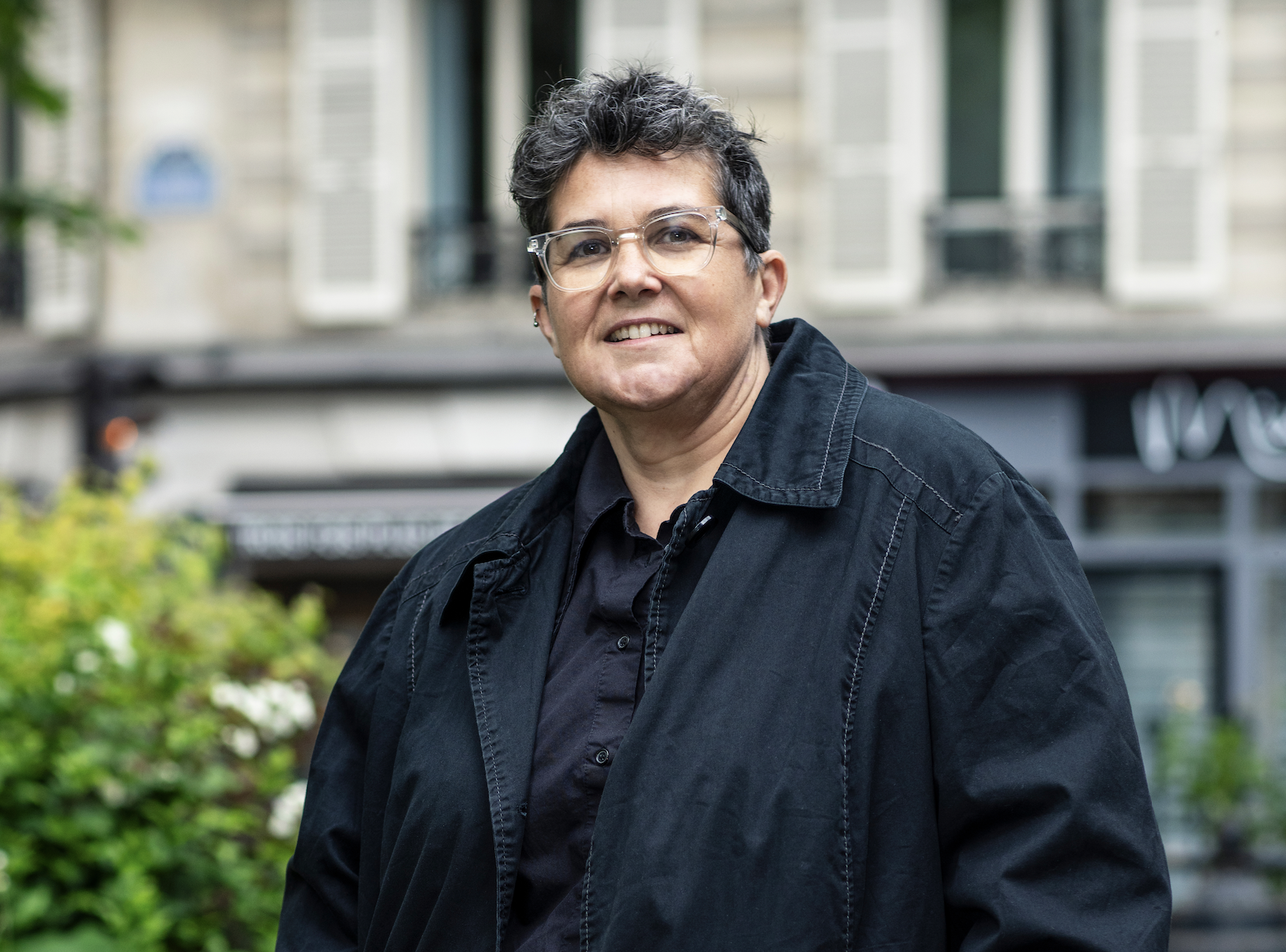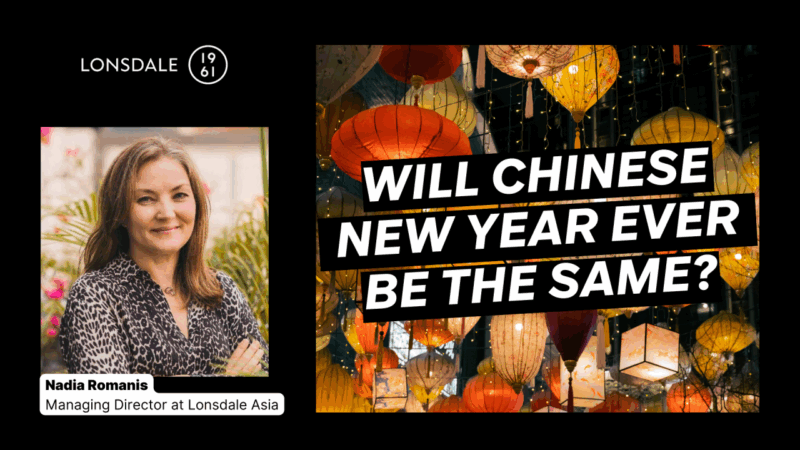
This opinion piece by Muriel Schildknecht, Executive Creative Director at Lonsdale Asia, was originally published in French by CB News.
To Change or Not to Change: The Eternal Brand Dilemma
That is the timeless dilemma haunting brands as they reconsider their identity. It’s never a trivial decision. Beneath an apparent logic of design lies a matrix of choices—about posture, culture, and narrative. As a jury member in the new Brand Identity Refresh category at D&AD 2025, I had the privilege of observing this process in all its richness: spectacular cases, subtle gestures, bold bets—and always the same underlying question: when a brand chooses to reinvent itself, should it change everything… or, on the contrary, change nothing?
Of course, there is no absolute answer. What matters is the clarity of the destination. A successful rebranding is not necessarily a revolution, nor merely a cosmetic operation. It is a transformation executed with precision—sometimes discreet, sometimes radical—but always driven by a strong intent. For established brands, this path requires strategic rigor—and a fair dose of calculated courage, because boldness is not expressed in the same way by a startup as it is by a legacy giant.
Assessing the Effort Behind the Change
What effort was made to achieve the outcome? We cannot judge a tech startup and a behemoth like Walmart by the same standards. Scale, complexity, heritage, and the number of stakeholders change the game. We must read between the lines of the execution: what is the project’s true ambition?
Take this year’s controversial example: Jaguar’s rebranding. The leaping feline is gone, replaced by reinvented typography and an unexpected color palette, including pink. The shift was so radical that the brand was entered not in the Refresh category but in New Identity Creation. A bold, perhaps deliberate choice to signal a rebirth. Yet the question remains: in seeking to appear new, does one lose the memory of what built the brand? The jury was clear: such disavowal of the past is a misstep. Tactically, it didn’t pay off.
Embracing Familiarity with Audacity
Conversely, the case of the Orchestre de Chambre de Paris offered another kind of debate. Its visual identity leaned on an illustration language borrowing from emoji codes—an aesthetic some jury members found overly familiar. Yet, when viewed within the highly institutional context of classical music, it took on a whole new meaning. It was precisely this tension between popular familiarity and artistic rigor that made a lasting impression.
This simplified, legible, almost playful aesthetic helps democratize the orchestra’s image, opening doors to younger or less initiated audiences. This project perfectly illustrates how a rebranding can dare without shocking, modernize without alienating, change to include. It reminds us that novelty is always relative.
Because even a brilliant change is not enough. The myth that “good work speaks for itself” doesn’t hold up in the real world. The stronger the idea, the greater the resistance it may provoke. There’s a natural aversion to risk—which is why successful rebranding must maintain a thread of familiarity. It needs a detail that bridges what the brand once was with what it seeks to become. A bridge. It’s in this tension between curiosity and reassurance that the real impact of a rebrand plays out. Not a violent shock, nor a dull conservatism. But a dialogue between yesterday and tomorrow.
The Art of Faithful Originality
What fundamentally distinguishes rebranding from brand creation is its relationship to origins. A good rebranding doesn’t deny—it reassembles. That’s why, within the D&AD jury, we added a fourth evaluation lens to our criteria—brand strategy, executional excellence, and fitness for purpose: we looked for “faithful originality.” How does this new visual narrative extend the brand’s founding idea? And how does it renew it with distinctiveness? Originality here is the ability to surprise without betraying.
This standard is especially meaningful when applied to tech brands. Many—OpenAI, Mozilla, Amazon—grew up without really thinking of themselves as brands. They were projects, products, platforms. Today, they are structuring themselves, organizing, and finally presenting themselves as brands—with a voice, a posture, an aesthetic. Their rebranding is not a mere graphic update. It’s a founding act, a storytelling of their maturity. Here, design becomes a tool of strategic clarification, a language in service of an identity under construction.
Rebranding as a Balancing Act
Rebranding is a tightrope act: transformation without amnesia, disruption without disconnection. It demands a clear vision, rigorous execution, and deep contextual intelligence. This year, the projects that stood out to the D&AD jury weren’t necessarily the flashiest. They were those that, in a world hungry for meaning, succeeded in articulating a simple, strong, coherent idea—one that remained profoundly faithful to what made the brand unique.
The ones that didn’t change everything. Nor nothing. But simply made the same story resonate more clearly.


